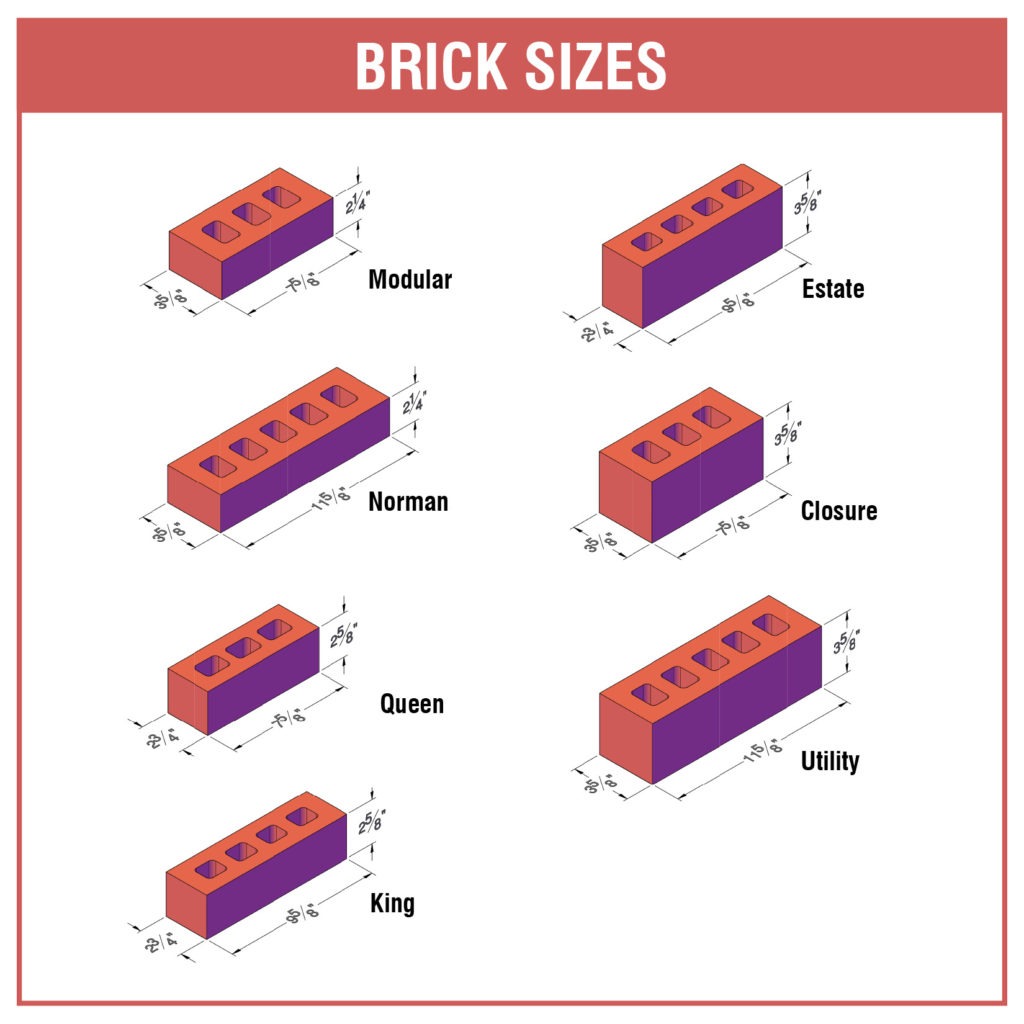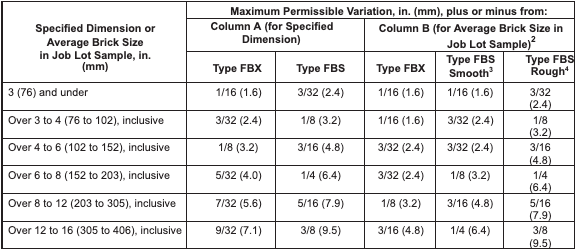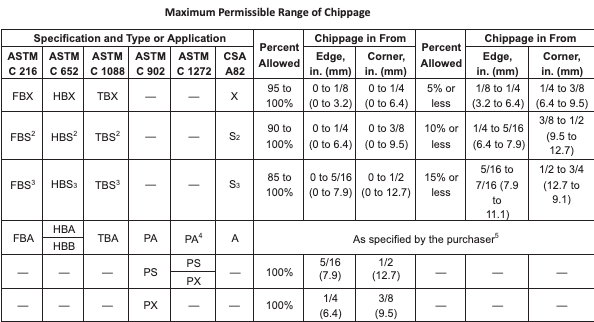Words: Leslie Seaton, Acme Brick Company Sales Engineer
Photos: Acme Brick, Clement Peiffer, prill, tane-mahuta, Wirestock
Bricks have been used for thousands of years as a building material. Given brick’s long history of usage in construction, we often think of it as easy to produce and duplicate. But as manufacturers, we are all too often reminded that “burning clay” can be as much an art as it is a science. The brick industry is challenged to provide a wide range of sizes, a broad array of colors and multiple textures. So how is the industry held to a standard? Brick specifications are that standard. Specifications that are written by the American Society for Testing Materials (ASTM.)
What are ASTM Standards?
ASTM was established in 1902 and is now known as ASTM International, with over 12,000 different standards, serving over 140 countries, covering 150 global industries. ASTM standards are an internationally recognized collection of technical specifications that set standards for products, services, and procedures. According to ASTM International, their goal is “to improve product quality, enhance health and safety, strengthen market access and trade, and build consumer confidence.”
Who writes ASTM Standard?
These standards are maintained by over 30,000 volunteers. Many people contribute to these standards. Individuals with a vested interest in a product or service can become a voting member of the team that writes the related ASTM Standard. One of the greatest things about these standards is the diversity of the people writing them. A broad range of professionals who contribute to the standard have different perspectives on the standard and therefore help ensure that the standards serve all users.
Brick Standards
Currently, there are twelve different standards for brick. The most common standards for the face brick industry are:

- C-216 Standard Specification for Facing Brick, most often used for brick veneers. This brick may contain voids up to 24% of the total volume of the unit.
- C-652 Standard Specification for Hollow Brick, much like C-216, as brick used for veneers, but may contain voids exceeding 24%.
- C-1088 Standard Specification for Thin Veneer Brick, facing brick that is either cut or extruded for a thinner and lighter weight unit.
- C-126 Ceramic Glazed Structural Clay Brick. Glazed units with either voids, solid or thin brick.
Brick Classifications
There are multiple classifications used in each standard, including grade, class, type, application, and use. Criteria for these classifications might include exposure or use conditions, appearance, tolerances on dimensions and distortions, chippage and void area and physical properties for performance.
Brick Appearance
Classifications may include tolerance and dimensional limitations, distortion, out-of-square and chippage. This classification is based on the brick size and accuracy attained in the manufacturing of the brick. There are no color-related tolerances in ASTM for brick. There are three primary appearance classifications covering Facing Brick:
- FBX-very tight dimensional and distortion tolerances.
- FBS-standard brick production with less restrictive dimensional and distortion tolerances.
- FBA-has no measurable tolerances, allowing for more architectural or aesthetic appeal.
Dimensional Tolerances
Because variations exist in raw materials as well as in the manufacturing process, brick will vary in size. The table below is an example of dimensional tolerances (used for facing brick) in ASTM-C-216.

Distortion and Chippage
Brick by specification has an allowable amount of distortion, warpage and chippage. Distortion refers to the convex or concave bend of a brick. Chippage occurs during packaging, shipping and/or transporting on the jobsite. Limitations to the amount of chippage is shown in the table below.

Durability
Brick is exposed to the weather and conditions that demand a durable and lasting product. Each specification assigns a Grade to its brick based on specific durability requirements. The Grade is based on the severity of weather and exposure. The Grade can be determined by testing the water absorption and compressive strength of the brick. Brick that is capable of enduring the most severe weather and environmental conditions achieve the Severe Weather (SW) grade. Brick that does not meet these conditions are Moderate Weather (MW) grade. The physical property requirements in most specifications are compressive strength, water absorption and saturation coefficient.

Who uses ASTM Standards?
ASTM Standards are used by many different professionals. Manufacturers use them to ensure that they are making quality products that meet customer needs. These standards are also important because they ensure the quality, safety, and reliability of products.
Engineers use the required specifications in those standards for their design work. The minimum requirements contained in the standards allow engineers to design with confidence in their projects.
Architects use them in specifications, calling out the products they want in their designs.
Finally, contractors use these standards as a guide when products may not be fit to use and to ensure that they are purchasing the correct products that meet the architectural, engineering and design requirements.

References
ASTM International (2018, May 1). Helping our world work better. Retrieved May 17, 2023, from https://www.astm.org/media/files/about-overview/Helping-Our-World-EN-2018.pdf
ASTM International (2023, January 9). What are the different types of ASTM Standards. Machine Design. Retrieved May 17, 2023, from https://www.machinedesign.com/learning-resources/whats-the-difference-between/article/21831890/what-are-the-differences-between-the-6-types-of-astm-standards
The Brick Industry Association. Specifications for and Classification of Brick, The Brick Industry Association, Reston, VA, 2007, gobrick.com. Accessed 24 May 2023.
